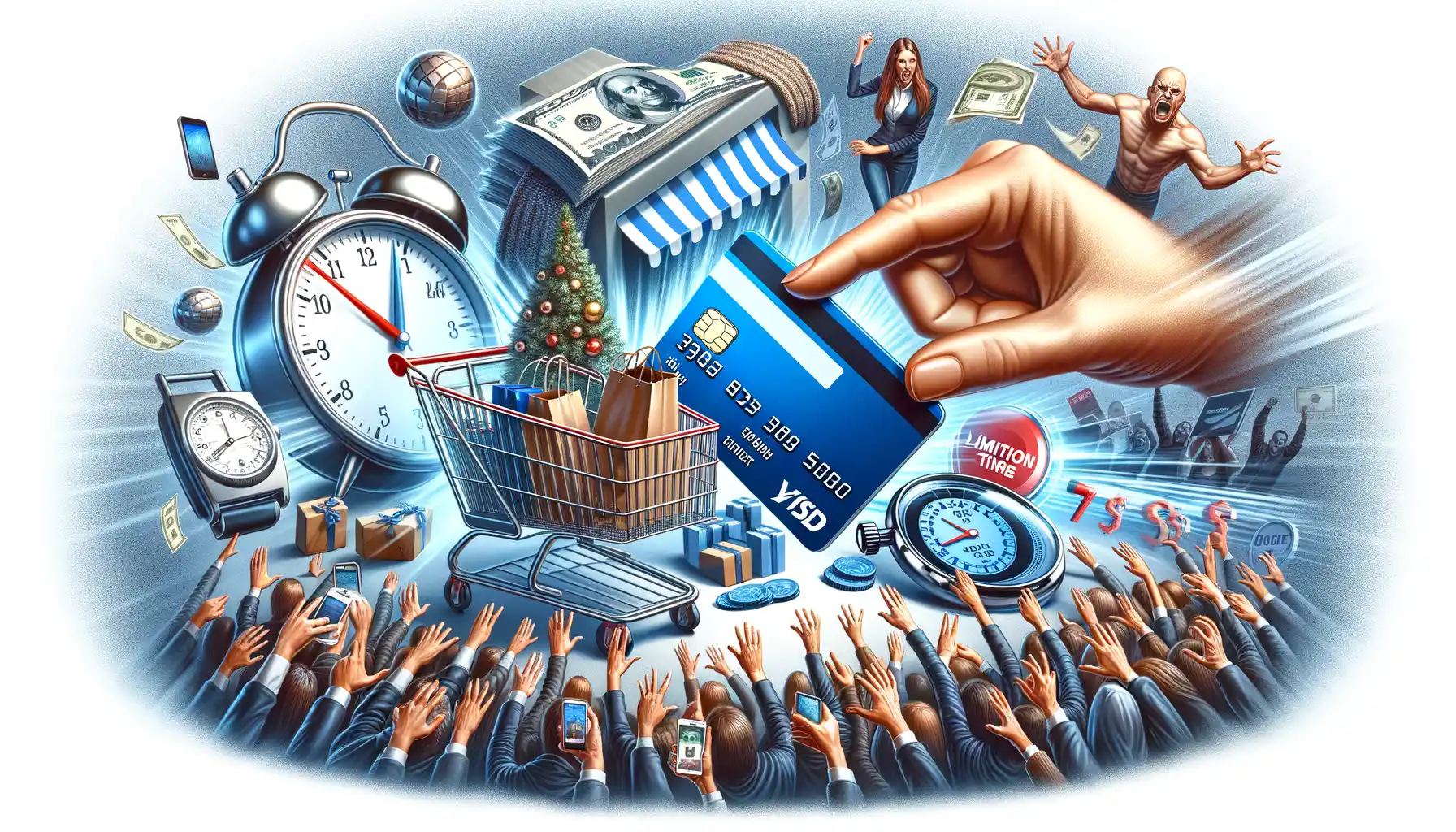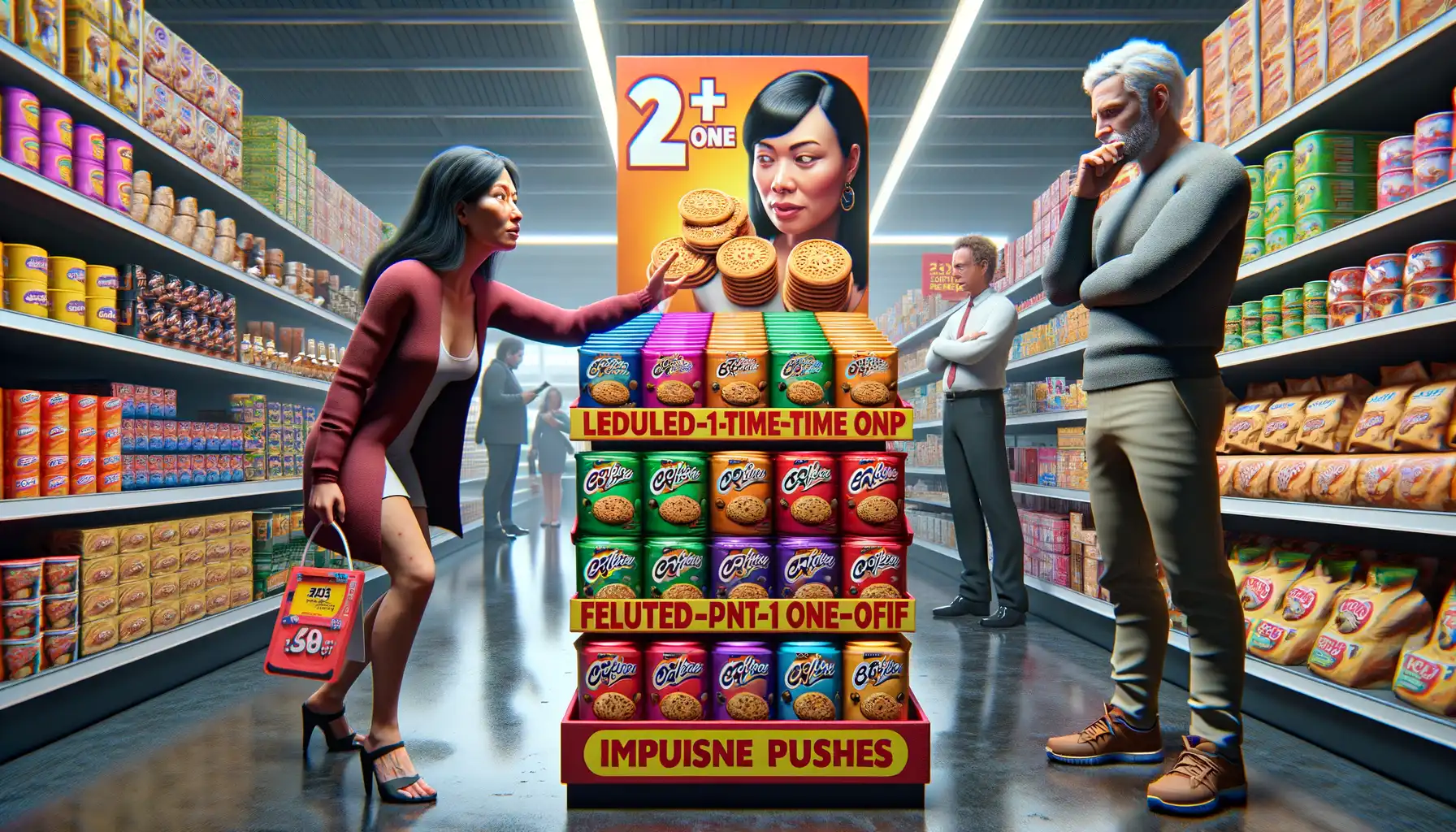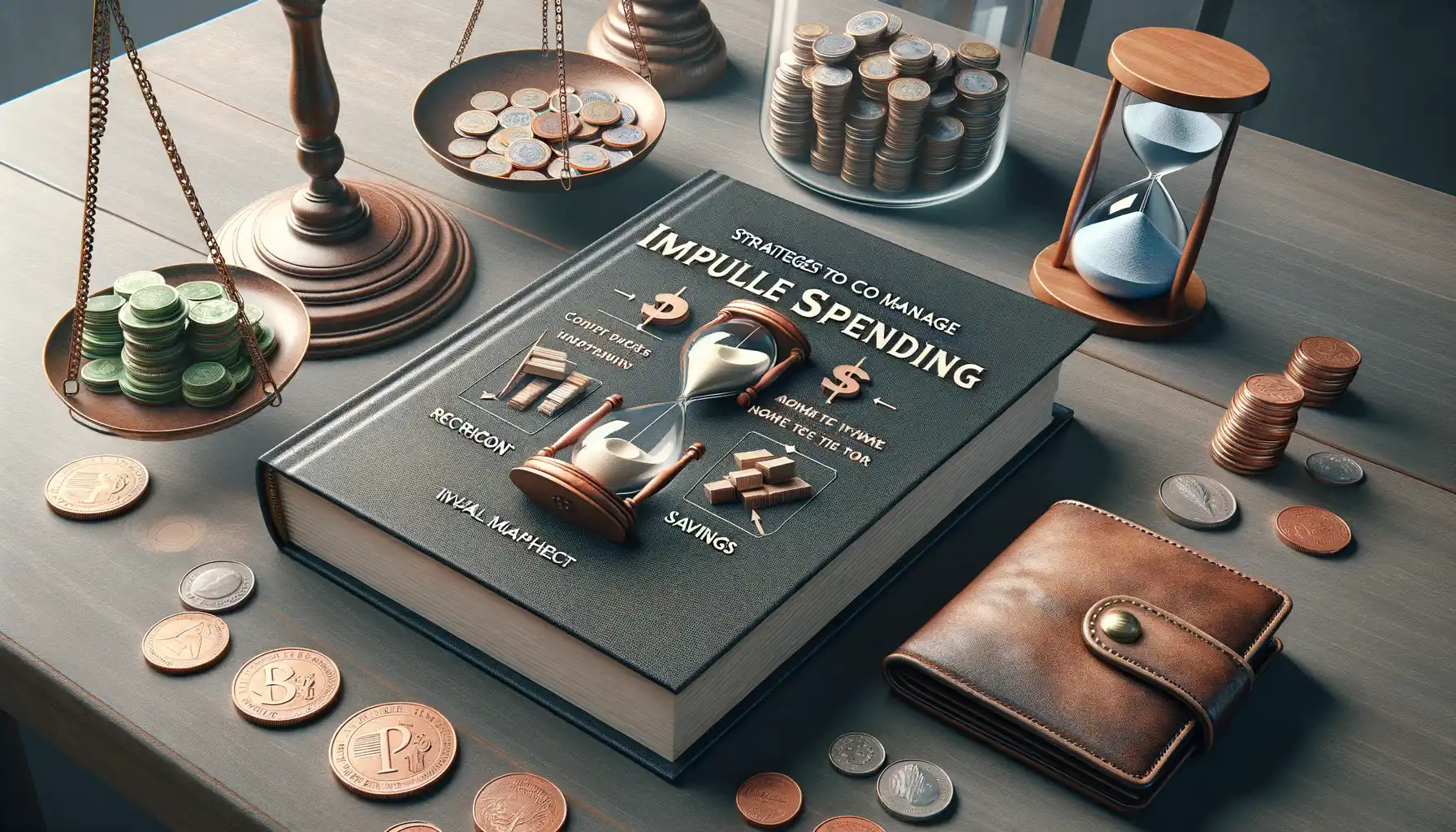Understanding Impulse Buying Behavior
What Sparks That “Gotta Have It” Feeling?
Picture this: you’re strolling through a store, list in hand, when suddenly—a shiny pair of headphones catches your eye. You weren’t looking for them, but now they’re practically whispering, “Take me home!” Sound familiar? That’s the essence of impulse buying. It’s not always about need; it’s about that irresistible pull, a moment of excitement, or even the thrill of spontaneity.
Impulse buying isn’t just about flashy storefronts or clever product placements—it’s deeply rooted in our emotions. Whether it’s a desire for comfort, a celebration of good news, or just curing boredom, purchases often speak to our emotional needs more than practical ones. And let’s face it, our brains love instant gratification. Why wait for joy tomorrow when you can snag it right now in the form of a new gadget or a trendy outfit?
- You’re stressed? The candles with “relaxing lavender scents” might seem like a must-have.
- Feeling lonely? A quirky mug screams, “I get you!”
- Having a great day? That luxury chocolate bar feels like a reward you’ve earned!
Impulse buying behaviors tap into these fleeting moods and desires—making every purchase feel like an emotional band-aid… until the receipt hits.
Psychological Triggers That Drive Impulse Spending

The Subtle Psychology of Instant Gratification
Ever felt an irresistible pull toward that shiny, must-have gadget you didn’t even know existed five minutes ago? That’s the magic—or mischief—of instant gratification. It whispers in your brain, convincing you that having something new right now will magically fill a void or brighten your day. But here’s the kicker: the dopamine hit from impulse spending is fleeting, yet its grip is undeniable. Why? Because our brains are wired to crave rewards *now*, not later.
Retailers understand this and use triggers like limited-time offers that scream, “Hurry, or it’s gone forever!” That ticking countdown clock? It’s no accident—it pokes at your fear of missing out (FOMO). Suddenly, you’re imagining a life where you don’t own that on-sale outfit and it feels like the end of the world.
- Sensory cues: Smells of fresh-baked cookies at a shop entrance or sleek packaging design trick you into buying on a whim.
- Emotional appeals: Feeling sad? Stressed? A quick purchase can feel like a warm hug—but only temporarily.
Your impulses aren’t random; they’re expertly nudged by psychological forces you might never notice!
The Role of Marketing in Encouraging Impulse Purchases

How Marketing Taps into Your Subconscious
Ever wondered why you suddenly grab that pricey candle or those gourmet chocolates at checkout? That’s not just you — it’s the magic of marketing engineering. Marketers know that your brain is constantly processing subtle cues, and they’ve become masters at playing to these mental shortcuts.
Colors aren’t just for beauty; they’re tools. Bright reds and yellows? They scream urgency and excitement, nudging you to act fast. Then there’s strategic product placement. Those “tiny luxuries” stacked near the cash register? They’re right where your willpower is weakest. The goal is simple: catch your eye, spark a craving, and make that purchase feel almost fated.
The Sneaky Power of Discounts and Scarcity
Who can resist a sale sign screaming “50% OFF” or limited-time offers? Marketers leverage scarcity to create anxiety — “Get it now before it’s gone!” It’s not just words, though. Think countdown timers on websites, or email blasts with subject lines like, “Last chance to save big!” Suddenly, you’re buying something you didn’t even know you needed because FOMO (fear of missing out) kicks in hard.
- Personalized ads tug at your heartstrings – “Hey, this was made just for you!”
- Exclusivity makes items irresistible: “Only VIP members get this deal.”
- Free shipping thresholds? A genius trick to coax you into adding just one more thing.
Marketing doesn’t wait for you to act; it sets traps, making impulse buys feel not just tempting but inevitable.
The Consequences of Impulse Spending on Finances and Well-Being

The Hidden Ripple Effect on Your Bank Account
Imagine this: you’re scrolling through your favorite online store, and there it is—a sleek pair of headphones you don’t really need but suddenly feel like you can’t live without. You click “Buy Now,” and just like that, your finances take a silent hit. Sound familiar? Impulse spending isn’t just a one-time “oops.” It adds up in ways that can quietly erode your financial stability.
Let’s break it down:
- Drained savings: Those small purchases may seem harmless, but they’re like tiny leaks in a boat. Without realizing it, you’re sinking further away from your savings goals.
- Snowballing debt: Swipe now, worry later? That little indulgence might end up on your credit card statement, gathering interest like an unwelcome houseguest who refuses to leave.
- Unplanned expenses: What happens if your car breaks down or your washing machine gives up? Impulse spending can leave you unprepared for these necessary costs.
It’s not about guilt—it’s about awareness. Every purchase has a ripple effect, even the ones that feel insignificant in the moment.
The Emotional Toll: When Stuff Doesn’t Spark Joy
Here’s the kicker: impulse spending doesn’t just mess with your wallet—it can take a surprising toll on your emotional well-being too. Ever felt a rush of excitement hitting “Add to Cart,” only to feel regret creeping in after the package arrives? That’s called buyer’s remorse, and it’s more common than you think.
Physical clutter can turn into mental clutter. A closet full of things you don’t need can leave you feeling overwhelmed and stressed rather than satisfied. Plus, chasing happiness through material stuff often leads to disappointment—it’s like trying to fill an emotional void with something that never quite fits.
Don’t let impulse buys become emotional baggage. The next time temptation strikes, step back and ask: “Do I really want this, or am I just chasing a fleeting feeling?”
Strategies to Control and Manage Impulse Spending

Break the Spell of Impulse Spending
Have you ever felt that rush of excitement when tossing an extra item into your shopping cart? That sudden decision, driven more by emotion than need, is impulse spending in action. But let me tell you – there’s a way to flip the script and take control.
Start with a simple hack: the 24-hour rule. The next time something catches your eye, press pause. Instead of buying on the spot, wait a day. You’d be amazed how often the “must-have” feeling fades faster than yesterday’s viral TikTok.
You can also create barriers between you and those tempting purchases:
- Unsubscribe from promotional emails (yes, even the ones with “exclusive deals just for YOU”).
- Leave your credit card at home when heading out for errands – cash is harder to part with.
- Install browser extensions that block online shops during certain hours.
Replace Emotional Spending with Purposeful Choices
Sometimes impulse spending isn’t about the thing itself but the emotional void we’re trying to fill. Feeling stressed? Lonely? Bored? Retailers know this and exploit it. Instead of reaching for your wallet, reach for activities that bring lasting joy. Call a friend, take a walk, or set small financial goals that make earning and saving feel like a game.
Remember, every dollar saved puts power back in your hands. And that, my friend, feels way better than buyer’s remorse.



